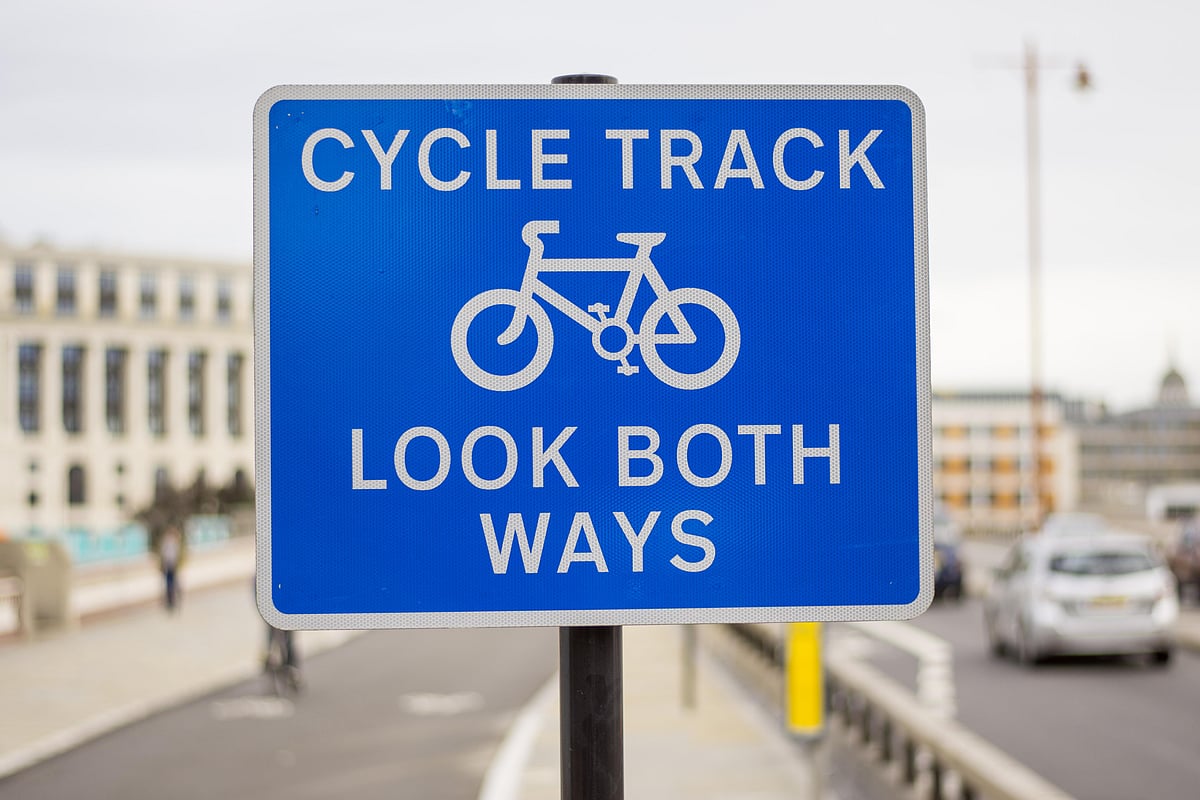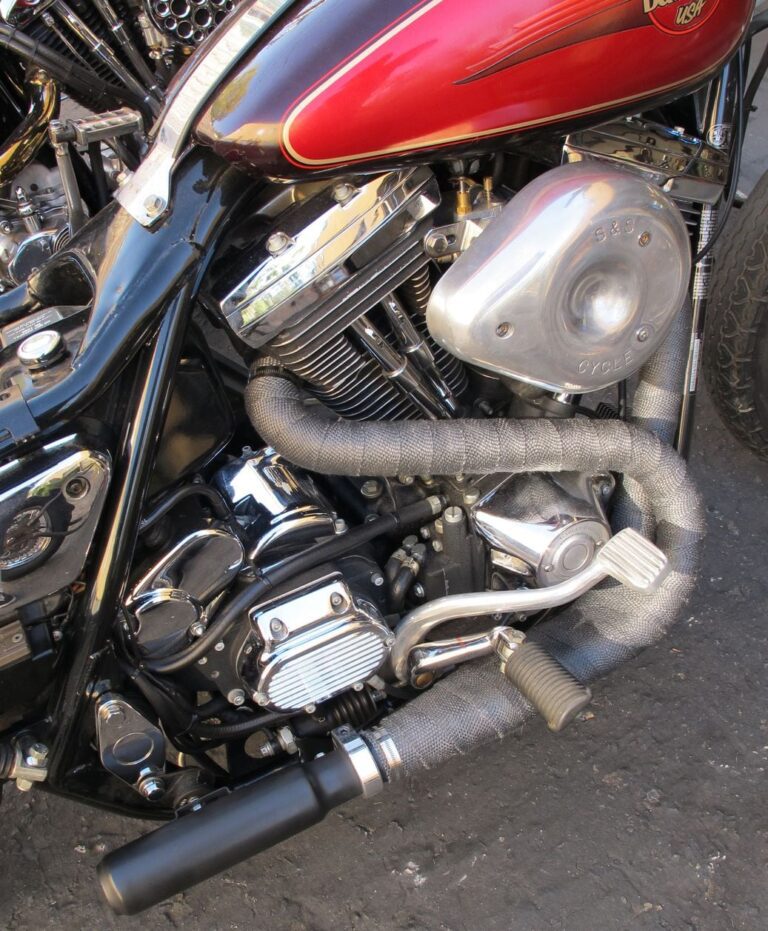Car Pulling Both Directions
Car pulling in both directions can indicate issues with tire alignment or suspension components. It should be checked by a professional mechanic to ensure safe driving.
When a car pulls to the left or right unexpectedly, it can be a sign of uneven tire pressure, worn suspension parts, or steering issues. Addressing the problem promptly can prevent further damage and ensure your vehicle operates smoothly on the road.
Ignoring signs of car pulling can lead to safety hazards and increased wear on your tires. By taking the necessary steps to diagnose and repair the issue, you can maintain the performance and longevity of your vehicle.

Credit: www.naplesnews.com
Causes Of Car Pulling
Car pulling, when the vehicle tends to drift in one direction, can be caused by various issues related to the car’s components. Understanding the potential causes of car pulling is essential in diagnosing and resolving the problem effectively.
Wheel Alignment Issues
Improper wheel alignment is a common cause of car pulling. When the wheels are not aligned correctly, it can lead to uneven tire wear and imbalance, causing the vehicle to pull to one side. Misaligned wheels can result from hitting potholes, curbs, or general wear and tear.
Tire Problems
Uneven tire pressure or wear can also contribute to car pulling. Variations in tire pressure or worn-out treads can create an imbalance, causing the vehicle to pull in one direction. It’s crucial to regularly inspect and maintain proper tire pressure and address any signs of uneven tire wear.
Brake Issues
Uneven brake pressure or worn brake components can lead to car pulling as well. If the brakes on one side of the vehicle are applying more pressure than the other, it can cause the car to veer in that direction. Regular brake inspections and maintenance are essential to prevent this issue.
Suspension Problems
Issues with the suspension system, such as worn-out shocks or springs, can cause the vehicle to pull in either direction. A compromised suspension can result in an imbalance that affects the car’s stability and alignment, leading to pulling. Regular suspension maintenance is crucial in addressing and preventing this problem.

Credit: simhcottumwa.org
Effects Of Car Pulling
Effects of Car Pulling:
Uneven Tire Wear
Uneven tire wear is a common consequence of car pulling, leading to premature tire replacement due to misalignment.
Increased Fuel Consumption
Car pulling causes inefficient fuel usage, resulting in higher fuel consumption and unnecessary expenses.
Decreased Stability And Handling
The imbalance from car pulling reduces the vehicle’s stability and affects handling on the road.
Risk Of Accidents
Car pulling poses a heightened risk of accidents due to the compromised control and impaired maneuverability.
Diagnosing Car Pulling
When your car pulls in different directions, it can be a sign of various underlying issues. Proper diagnosis is crucial to pinpoint the exact cause and address it effectively.
Visual Inspection
Visually inspecting the exterior of your car can reveal any visible damages that might be causing the pulling effect.
Alignment Check
Checking the alignment of your wheels ensures they are properly aligned, preventing any imbalances that could lead to pulling.
Tire Inspection
Inspecting your tires for wear and tear, uneven tread patterns, or improper inflation is essential to rule out tire-related issues.
Brake Inspection
Examining the brakes helps determine if any brake components are malfunctioning and causing uneven braking forces.
Suspension Check
Assessing the suspension system can uncover any issues with the shocks, struts, or other components that may be contributing to the pulling sensation.
Fixing Car Pulling
Wheel Alignment
Proper wheel alignment is crucial in ensuring that your car drives straight and does not pull to either side. Misaligned wheels can lead to uneven tire wear and affect the overall handling of the vehicle.
Tire Replacement
Worn or unevenly worn tires can contribute to car pulling. Replacing tires with excessive wear or uneven tread patterns helps to ensure even traction and steering responsiveness.
Brake Repair
Brake issues, such as uneven brake pad wear or a stuck caliper, can cause your car to pull to one side when braking. Addressing brake system problems promptly is essential for safety and driving comfort.
Suspension Repair
A faulty suspension system can result in car pulling. Components such as worn-out shocks or struts, and damaged control arms can affect the vehicle’s stability and cause it to pull to one side. Proper suspension repair is crucial for a smooth and straight ride.
Preventive Measures For Car Pulling
Car pulling both directions can be a frustrating and potentially dangerous issue for drivers. Not only does it affect the overall comfort of the ride, but it can also affect steering control and the vehicle’s alignment. Fortunately, there are several preventive measures you can take to address and avoid car pulling problems. By implementing these measures, you can ensure a smooth and safe driving experience.
Regular Wheel Alignment
Regular wheel alignment is crucial in preventing car pulling. Over time, your vehicle’s wheels can become misaligned due to various factors such as hitting potholes, speed bumps, or curbs. Misalignment can cause uneven tire wear and steering issues, leading to car pulling. To maintain proper wheel alignment, it is recommended to have your vehicle’s alignment checked at least once a year or whenever you notice any pulling or drifting. A professional mechanic can adjust the suspension components to align the wheels correctly, improving driving performance and minimizing car pulling.
Proper Tire Maintenance
Tires play a vital role in ensuring a smooth and balanced ride. Neglecting tire maintenance can contribute to car pulling issues. To prevent this, it is important to maintain proper tire pressure, as underinflated or overinflated tires can cause uneven tread wear and lead to pulling. Regularly check the tire pressure using a reliable tire gauge and inflate or deflate them to the manufacturer’s recommended levels. Additionally, it is advised to rotate your tires regularly, as uneven tire wear can also contribute to car pulling. Rotating the tires helps distribute the wear evenly, prolonging their lifespan and preventing pulling problems.
Routine Brake Check
Proper brake maintenance is essential for safe and smooth driving. Faulty brakes can cause uneven braking force distribution, resulting in car pulling. To prevent this, it is crucial to have your vehicle’s brakes inspected and serviced regularly. A professional technician can check the brake pads, rotors, and calipers to ensure they are in good condition and functioning properly. They can also address any issues related to brake fluid levels or brake system malfunctions that can contribute to car pulling. By conducting routine brake checks, you can maintain optimal braking performance and minimize the risk of car pulling.
Suspension System Maintenance
The suspension system of your car plays a critical role in providing a smooth and stable ride. Any issues or wear in the suspension components can affect the vehicle’s balance and cause car pulling. To prevent this, it is important to maintain and inspect your vehicle’s suspension system regularly. A professional mechanic can assess the condition of the shocks, struts, and other suspension components. They can identify and address any potential problem areas that can lead to car pulling. By ensuring proper suspension system maintenance, you can enjoy a comfortable and balanced ride while minimizing the risk of car pulling.

Credit: www.denverpost.com
Frequently Asked Questions On Car Pulling Both Directions
Why Is My Car Pulling To Both Sides?
Your car may pull to both sides due to misalignment in the wheels or uneven tire pressure. Get your wheels aligned and check tire pressure to resolve the issue.
Why Is My Car Swerving To Both Sides?
Your car may be swerving due to wheel misalignment, worn-out suspension parts, or low tire pressure. It’s essential to have your vehicle inspected by a professional to identify and address the underlying issue. Driving with these problems can compromise safety and lead to further damage.
Why Is My Car Pulling In Different Directions?
Your car may be pulling in different directions due to misalignment, uneven tire pressure, or worn suspension components. Get it checked by a professional mechanic for proper diagnosis and correction.
Why Is My Car Suddenly Pulling Left And Right?
Your car may be pulling left and right due to misaligned wheels, worn-out tires, or suspension issues. Get it checked by a professional mechanic for proper diagnosis and repairs.
Why Is My Car Pulling To The Left And Right?
Your car may be pulling in different directions due to alignment issues or uneven tire pressure.
What Causes A Car To Pull To One Side?
Common causes of a car pulling to one side include misaligned wheels, uneven tire wear, or brake problems.
How Can I Fix My Car’s Pulling Problem?
Consult a professional mechanic to diagnose and correct any alignment, tire, or brake issues causing the pulling sensation.
Conclusion
In essence, addressing a car pulling in both directions is imperative for road safety. It is essential to understand the root causes and promptly seek professional assistance. With awareness and proactive vehicle maintenance, drivers can ensure a safer and smoother driving experience.

